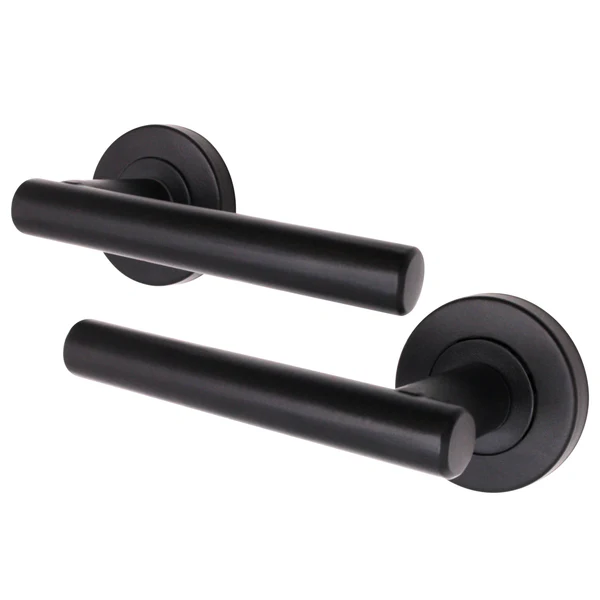Bolts and Nuts: The Tiny Team That Holds Big Things Together
Have you ever looked at a roller coaster and wondered how it stays up while flying at full speed? Or sat on a metal bench without even thinking about what’s holding it together? Most people don’t notice, but behind all those strong, heavy, and important structures are tiny heroes doing the hard work: bolts and nuts. They may be small, but they’re one of the main reasons buildings, vehicles, and machines don’t fall apart.
What Are Bolts and Nuts, Anyway?
Let’s break it down. A bolt is a long metal rod with spiral grooves—those twisty lines called threads—on the outside. A nut is a small metal block, usually shaped like a hexagon, with matching threads on the inside. When you twist the nut onto the bolt, the threads grab onto each other and hold tight. This combo presses pieces of material—like wood, steel, or plastic—together so they don’t move or slide apart.
It sounds simple, but the teamwork between a bolt and a nut is stronger than it looks. Think of them like two hands gripping something from opposite sides. One pulls, one pushes, and together they hold it all in place.
There are also bolt and nut assemblies, which are sets that come ready to use with matched parts, saving time and making sure everything fits just right. If you ever need quality ones that are built to handle tough jobs, Bolt and Nut Assemblies from trusted suppliers can really make a difference, especially in construction or mechanical work.
Where You’ll Find Them (Hint: They’re Everywhere)
Bolts and nuts are hiding in plain sight all over the place. They’re holding together the chair you’re sitting on, the wheels on your bike, and even the lights above your head. They’re used in:
- Cars, trucks, and motorcycles
- Bridges, buildings, and towers
- Playground equipment and benches
- Furniture, shelves, and tools
- Airplanes, boats, and trains
Basically, if something needs to stay put and not fall apart, there’s a good chance it has bolts and nuts doing the job.
Even space shuttles use specially designed bolt and nut assemblies to stay together while launching into orbit. That’s how important they are—they help hold rockets together.
Why They Work So Well
Bolts and nuts are all about control and strength. When you tighten them, you’re pulling the bolt through the hole and squishing the pieces together. That squish is called “clamping force.” It’s like pressing two books together with your hands—they won’t move unless you let go.
The threads in the nut and bolt give it grip, almost like a zipper on a jacket. Once it’s tight, the bolt doesn’t just fall out. And if you want to take it apart later? Just untwist the nut. It’s one of the few strong connections that’s also easy to take apart and reuse. That’s one reason builders love them—they’re strong, but not permanent.
What Happens If They’re Missing or Weak?
Imagine playing on a swing set that’s bolted into the ground. Now imagine those bolts are loose. The whole thing might shake or even tip over. That’s why using the right bolt and nut assemblies—ones that match the weight, movement, and type of material—is so important.
If the bolt is too thin, it might snap. If it’s not tightened properly, the nut might spin off. If it’s made of the wrong metal, it could rust and get weak. In places where safety matters—like elevators, cars, or cranes—that’s a huge risk.
So choosing strong, correctly sized bolts and nuts isn’t just about the build—it’s about keeping people safe.
Different Kinds for Different Jobs
Not all bolts and nuts are the same. Some are long, some are short, some are super thick, and some have special coatings to protect them from water and rust. Here are a few examples:
- Hex bolts have six-sided heads and are common in construction.
- Carriage bolts have smooth, rounded heads and are used in wood.
- Flange bolts come with built-in washers for extra grip.
- Lock nuts have special insides to keep them from loosening over time.
Builders pick the type based on what the project needs. A bolt holding a bike wheel doesn’t need to be the same as one holding steel beams together in a stadium.
Tools That Help Tighten the Team
To make bolts and nuts do their job, you need the right tools. Wrenches and sockets help turn the bolt or nut. Power drills can speed things up when there are a lot to tighten. There are even tools that measure how tight they are, called torque wrenches, so the bolt doesn’t get overtightened or too loose.
This part really matters in big jobs, because if a bolt is cranked too hard, it can stretch or break. If it’s too loose, it might slip out. Tools help make sure everything is just right.
When It’s Time to Replace Them
Just like shoelaces or bike tires, bolts and nuts don’t last forever. Over time, they can rust, stretch, or get stripped—where the threads get worn down and don’t grip anymore. If you ever see a bolt that looks rusty or can be turned without effort, it’s time to swap it out.
In some industries, workers check bolts regularly to make sure everything is still strong and safe. Airplane maintenance teams, bridge inspectors, and roller coaster mechanics all pay close attention to these tiny parts.
Even at home, keeping an eye on furniture, tools, or sports equipment can prevent problems later. If something wiggles that shouldn’t, check for a loose bolt.
Why They’ll Always Matter
Some things change fast—new technology, new machines, new ways of doing things. But bolts and nuts have been around for hundreds of years and they’re not going away anytime soon. That’s because they’re simple, strong, and easy to trust.
Sure, designs keep improving. We now have bolts that don’t need nuts, nuts that won’t come loose no matter what, and super-tough materials that can survive underwater or in space. But the basic idea? It hasn’t changed much. Twist the bolt, tighten the nut, hold everything together. It just works.
What You Should Remember
- Bolts and nuts are small parts that do big jobs.
- They work together to keep things from falling apart.
- Choosing the right ones can mean the difference between safety and disaster.
- They’re easy to tighten and easy to remove, which makes them perfect for all kinds of projects.
- They’re everywhere—from playgrounds to planes—and they’ll keep showing up in the future.
Next time you see a bike, a bench, or even a roller coaster, take a second to think about the tiny team making sure it all stays together. They might not be flashy or loud, but bolts and nuts are some of the hardest workers out there.












